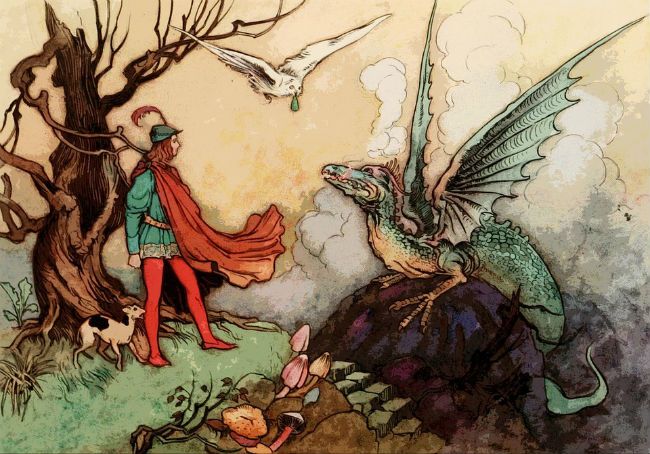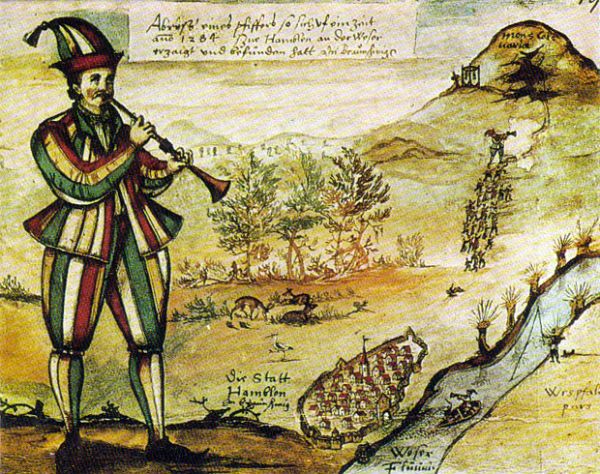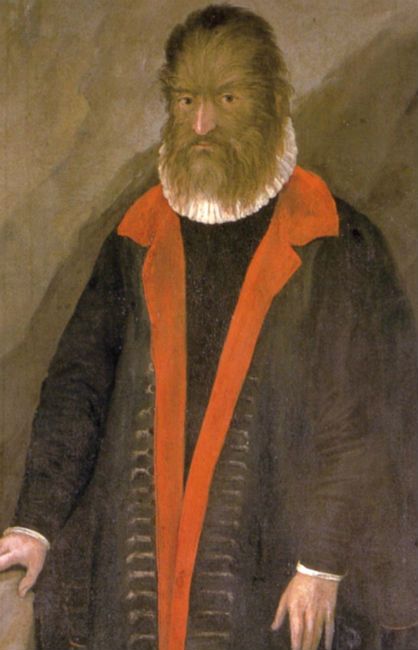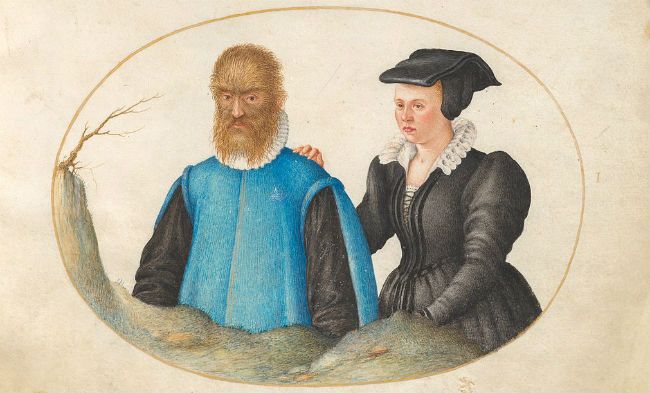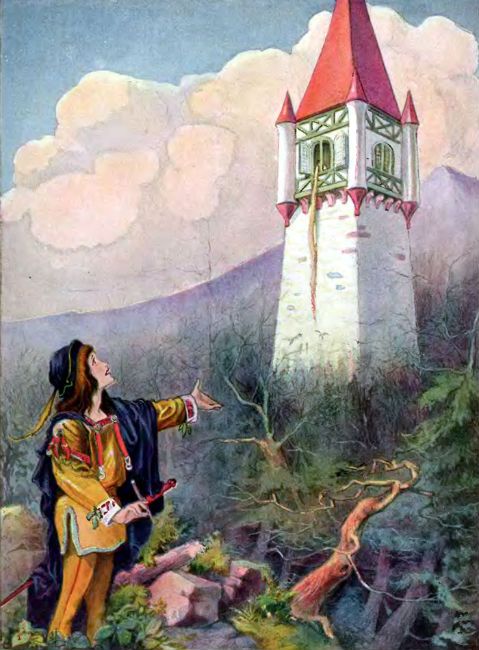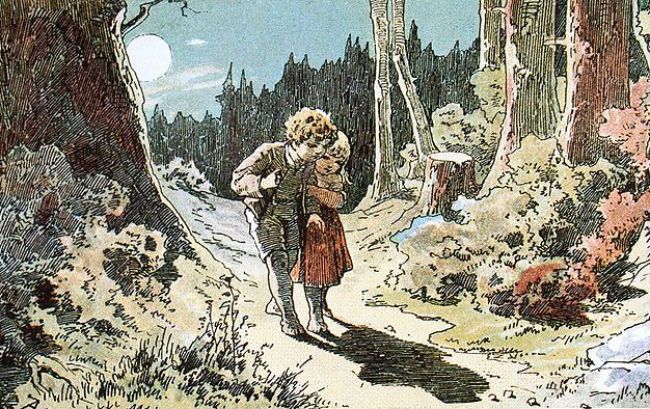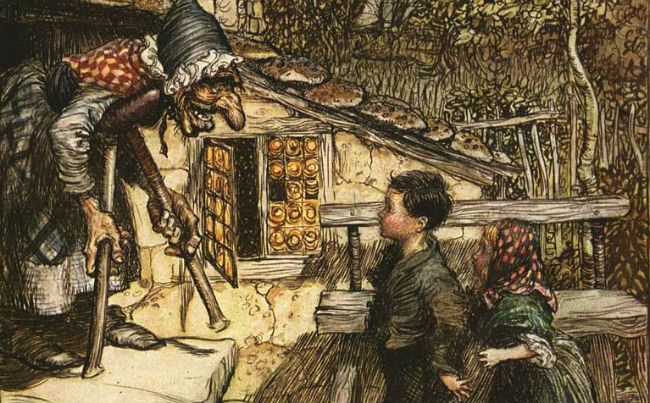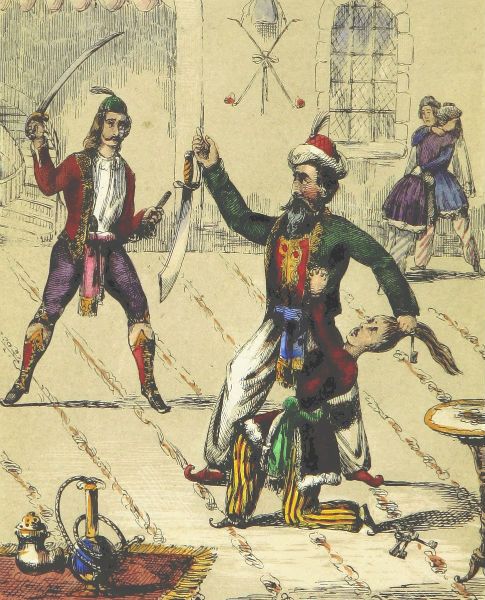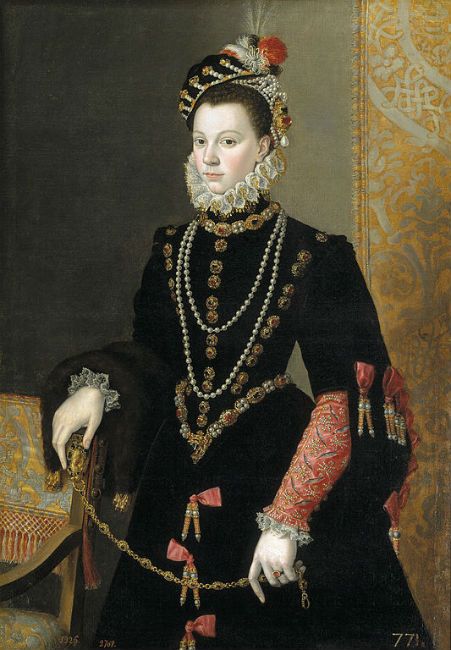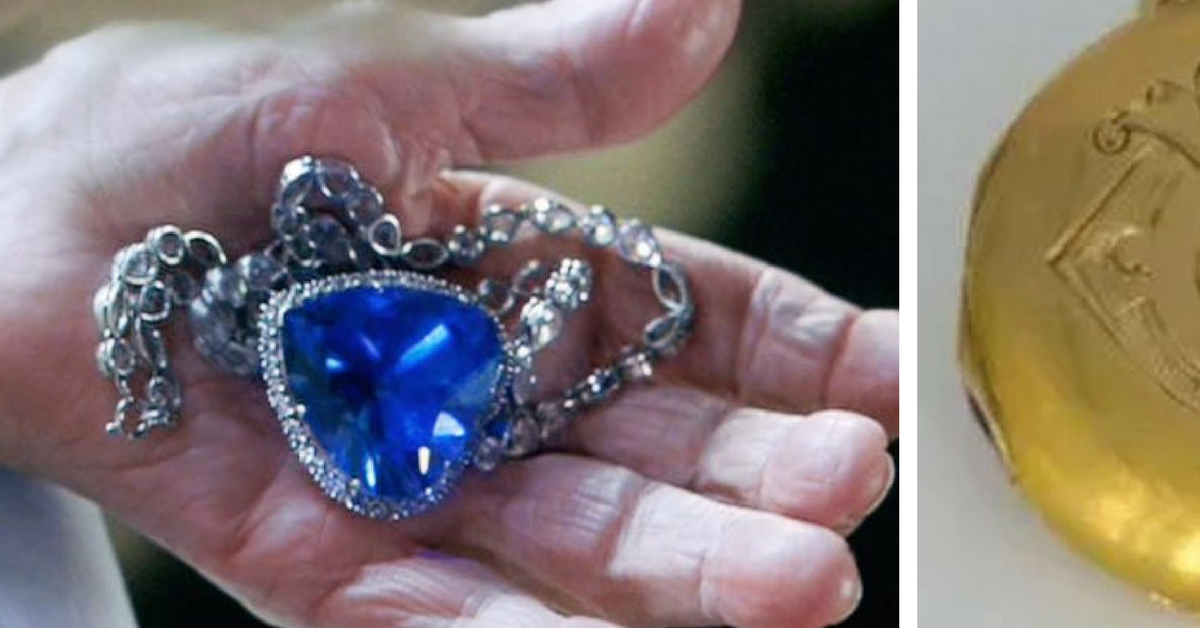The great thing about classic fairy tales is we can share the stories we loved as kids with our own children and grandchildren.
But a little research reveals these wholesome stories were once very, very gruesome.
Most of the fairy tales we still share were written in France or Germany in the 18th and 19th century, and were often inspired by real, tragic events.
Over time, fact and fiction have mixed together. But historians say these seven fairy tales are inspired by grisly facts.
1. The Pied Piper
Everyone remembers this classic story: a piper offers to lead the rats out of a small town with his flute, but the villagers don't pay him as they promised.
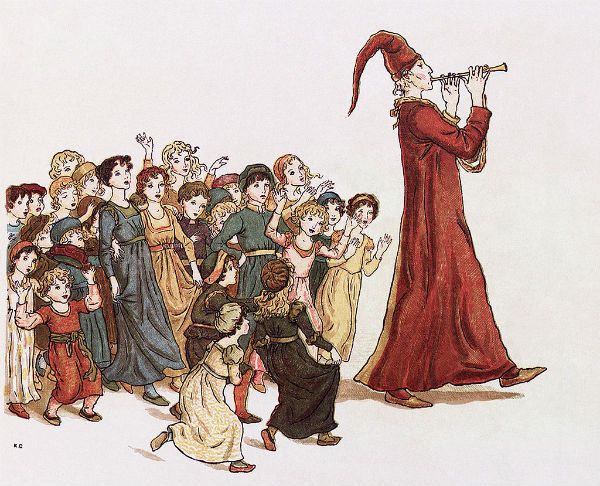
In revenge, the piper leads the town's children into the woods, where he holds them for ransom until the villagers hand over their gold.
But real life records from the town of Hamelin, Germany, show the story did not always have a happy ending.
"It is 100 years since our children left," the town's chronicler wrote in 1384.
So who was the piper, and where did Hamelin's children go? Theories for their death or disappearance include natural disasters, abduction, and forced emigration.
All we know for sure is the piper never brought the children back.
2. Beauty and the Beast

The popular and fantastic parts of this story - enchanted roses, magical transformations, a castle with living objects - can be traced to French fairy tales.
But the "beast" himself was inspired by the tragic tale of Pedro Gonzalez.
Born in 1537 on the Canary Islands, Gonzalez was marked at birth by his hypertrichosis, which caused hair to grow all over his body.
As a child, Gonzalez was dubbed "the man of the woods," and treated like a monster. he was kept in a cage and fed raw meat like a dog.
Gonzalez's luck changed at age 10, when he was given to King Henry II of France, who treated him like a person and raised him as a noble boy.
Henry's wife, Catherine de Medici, even arranged a marriage between Gonzalez and the daughter of a court servant.
They stayed married for 40 years, but sadly Gonzalez and his children, who were also hairy, were treated badly despite their noble status.
3. Rapunzel
The story of Rapunzel actually has its roots in an ancient Christian story, with a decidedly unhappy ending.
It's said that a merchant in ancient Lebanon had a daughter so beautiful that he banned her from taking a suitor. When he traveled, the merchant locked his daughter in a tower.
His daughter became a Christian, and prayed loudly for God to deliver her from her father.
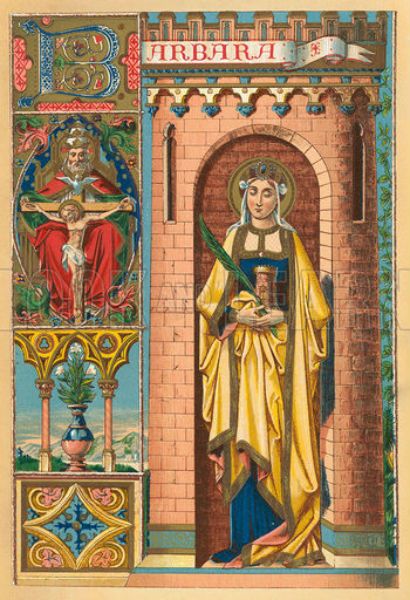
When the merchant discovered this, he handed his own child over to the Romans, who gave them both a deadly ultimatum.
The daughter had to choose: renounce her religion, or be beheaded. When she refused to submit, her own father administered the death sentence, and was struck down by lightning moments later.
His daughter is remembered today as Saint Barbara, the patron saint of prisoners.
4. Hansel and Gretel
There are countless for real life inspirations classic story of wayward siblings, who escape from a witch's gingerbread house by locking her inside her own oven.
There were, sadly, many lost Hansels and Gretels, left to wander the forests of Europe throughout the middle ages.
Famines were much more common back then, and sometimes lasted for years. It was just as common for parents to abandon their children to fend for themselves, giving a family one less mouth to feed.
As for the witch, there's a popular theory that she's inspired by a real life baker named Katharina Schaderin.
The story goes that Schaderin was labeled a witch by a jealous rival baker, and was burned in her own oven by angry townspeople.
In fact, the Schaderlin story was invented by a German author in the 1960s. But there are plenty of true stories about young women unfairly accused of being witches.
5. Cinderella
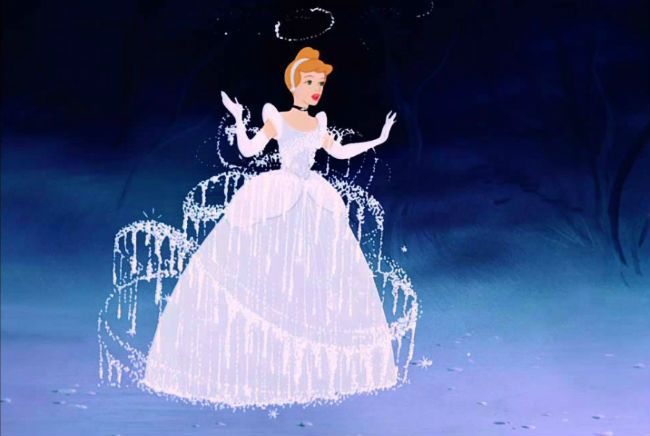
Historians and folklore experts agree that Cinderella was inspired by the ancient story of a Greek woman named Rhodopis.
Whether Rhodopis also lived "happily ever after" depends on the version of her classic story that you read.
The happiest version says that an eagle snatched her sandals, and dropped them on a king's lap. The king ordered a search for the woman the sandals belonged to, and fell in love with Rhodopis after meeting her.
More likely versions include the fact that Rhodopis was a slave, captured as a child and sold to an Egyptian master.
The beautiful Rhodopis was given many impressive gifts, including a pair of golden shoes.
In the pleasant version, a lovesick man paid for Rhodopis' freedom, and she eventually became a wealthy woman.
In another, Rhodopis and her golden sandals become an obsession of the Egyptian pharaoh Ahmose II, who was not exactly Prince Charming.
6. Bluebeard
A man takes a wife, and welcomes her into his large castle. But he warns that she must never look inside the castle's smallest room.
When she finally does, the woman discovers the bodies of her husband's murdered ex-wives.
It's a grisly story with a pair of equally ugly inspirations:
Legend says that Conomor the Cursed was a Breton king, who was told a prophecy that his son would take his life.
Because of his curse, Conomor murdered each of his wives as they became pregnant. In fact, historians say the real Conomor killed just one woman (his wife Trephine) and her son.
But Gilles de Rais, a French nobleman from the 15th century, was another inspiration for the murderous Bluebeard.
Rais was described as a serial killer of children, accused of at least 40 murders but suspected of dozens or even hundreds.
Rais may have been nicknamed Bluebeard because of the color of his horse, and his trial inspired the French fairy tale writer Charles Perrault.
But while Rais was executed for his crimes, modern historians say he was actually innocent.
7. Snow White
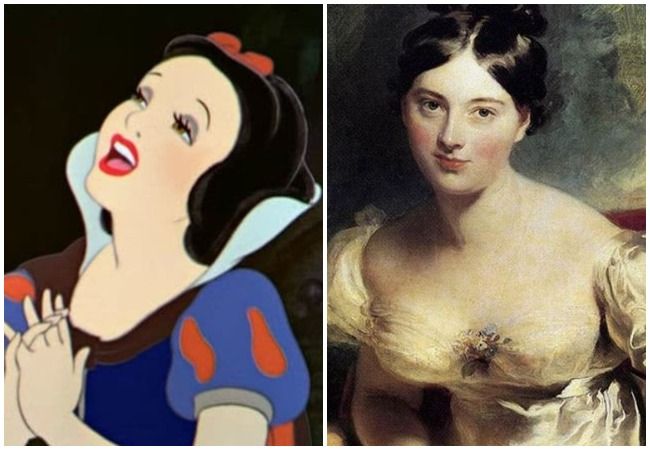
The wholesome Disney story we all know and love has an ugly origin, according to one historian.
German researched Eckhard Sander presented a disturbing theory about the story in 1994: that it was inspired by Bavarian noblewoman Margarete von Waldeck.
Waldeck did have a stepmother who probably disliked her, because she was sent away from her home to live at court in Brussels. There, she met and fell in love with Prince Philip II of Spain.
The fact that Waldeck died suddenly at age 21, and her shaky handwriting in the months before her death, made Sander suspect she was poisoned. But her stepmother had died eight years before she did.
It could be that Prince Philip's father, the king of Spain, had Waldeck murdered to end their affair.
And what about the happy dwarfs? Another story from German history is said to be the inspiration.
Accounts say that a man once ran a copper mine staffed by children, who became deformed and sick because of their harsh work.
Supposedly, the mine owner would even offer poisoned fruit to his "dwards," especially if they misbehaved or stole from him.

